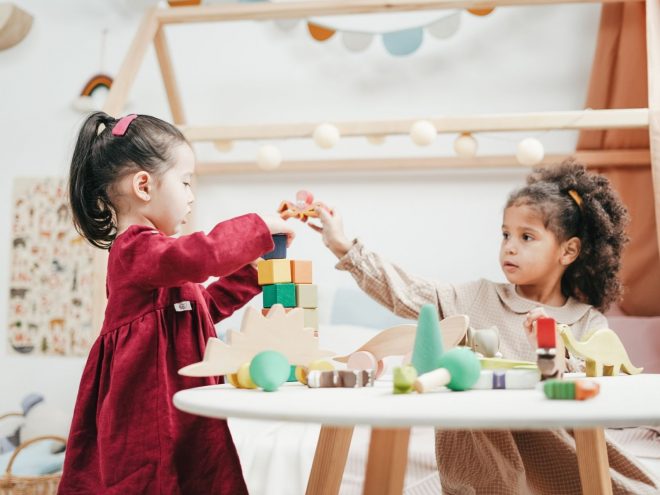Children develop in many different ways. As toddlers, they learn to walk, talk and become more aware of their surroundings. Kids attend school and expand their knowledge and imagination as well, constantly learning new concepts and subjects.
The older a child gets, the more developed they become in their speech, emotions and physical and mental capabilities. One area where children grow is through art. A child isn’t born with an innate skill to draw an extremely detailed portrait for commission. It takes time, practice and development.
There’s a global acceptance that children’s drawing skills develop in stages. Parents start by seeing their child grasp a large crayon and scribble on the blank page and beyond, even on the tables and walls. Often, children express themselves through drawing long before they can talk.
Child art development stages focus on drawing abilities, and they go from the scribbling stage to deciding whether the child wants further to pursue art skills beyond their high school years. Art is an important part of every child’s development.
1. The Scribble Stage
Kids start their drawing skills with the scribble stage. They simply grab a pencil, crayon or marker and move the utensil around a page to leave marks. Children aged one to three years old are considered scribblers.
The scribbling stage itself consists of four stages, including:
- Disordered: Disordered scribbling includes uncontrolled markings that may be light or dark, and usually, the child has no control over their motor skills.
- Longitudinal: In the longitudinal stage, the child can control repetitive movements.
- Circular: During this stage, the child can make more complex forms, like triangles, circles and squares.
- Naming: Children begin to tell stories about their scribbles, and there’s more imaginative thinking overall.
In the scribble stage, the child enjoys making random marks on a page.
2. The Preschematic Stage
Next is the preschematic stage. Children at this stage are usually between three and five years old. The drawings become a bit more complex, but they are unrealistic. This is also when children will begin using their favorite colors to draw pictures rather than representing objects with their accurate colors.
Additionally, although drawings are more complex, they aren’t anchored. This means they will draw a person or a flower in the middle of the page. Stick figures often represent people, and children first make the connection that they can communicate through their pictures.
3. The Schematic Stage
Children ages six through eight are considered part of the schematic stage. Their drawings of people become more detailed and proportional. Each item in the drawing is spatially related. Additionally, they begin associating colors with objects, so they’ll make the grass green and the sky blue.
This is also where they begin to draw schematically, meaning each time they draw a house or a car, it will look the same across multiple drawings. Kids will create stories to go along with their drawings as well.
4. The Dawning Realism
As children grow older, they experience more things in their lives and begin building a solid memory and learning capacity. By nine or ten years old, children will manifest a better visual awareness of their surroundings and create even more detailed drawings. They might include things like fingernails, lips, joints and hairstyles when drawing a person.
Also, during the dawning realism, children can represent three-dimensional space by drawing objects on a smaller scale if they’re further away in the picture. It’s also during this stage that children will become more critical and frustrated with their artwork. They may express feelings that they can’t draw.
5. The Pseudonaturalistic Stage
In this stage, the child may become even more critical of their artistic success. They determine their success by how real the drawing looks. Teachers and parents can help with any frustrations during this stage by encouraging the child and giving them advice on how they could improve.
If there’s potential for great artwork, a parent or teacher may notice it in the pseudonaturalistic stage. Children are typically younger teenagers at this point, too, meaning they can take art-related electives at school or join clubs to practice their artwork. They’ve used emotions, experience and fine motor skills to develop their art.
6. The Drawing Decision Stage
Finally, the child comes to a point in their life, usually later in high school, where they will decide if they want to continue drawing or simply view it as an activity without any real value. Criticism is at its ultimate for a child at this point and may think they don’t have actual drawing skills.
If a child decides they want to continue developing their drawing skills, they need encouragement and additional practice. Perhaps they get lessons or use every bit of their free time in their art space. They may go on to pursue a degree in artwork or begin a freelance business to sell their drawings and work on small commissions.
Letting Children Express Themselves Through Art
Art is one of the first ways that children communicate with their parents and other people. A child’s drawing can show a lot about their personality and feelings. Parents should encourage art in their homes and understand each of these art developmental stages.





